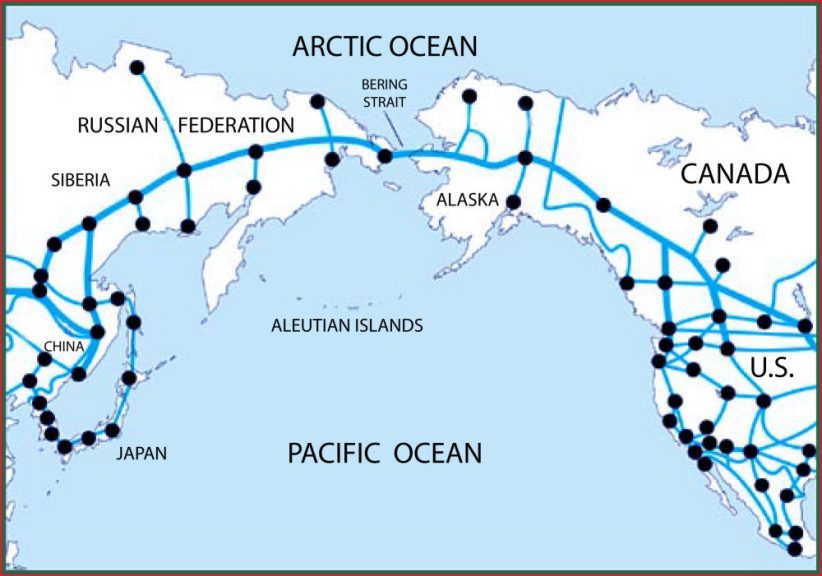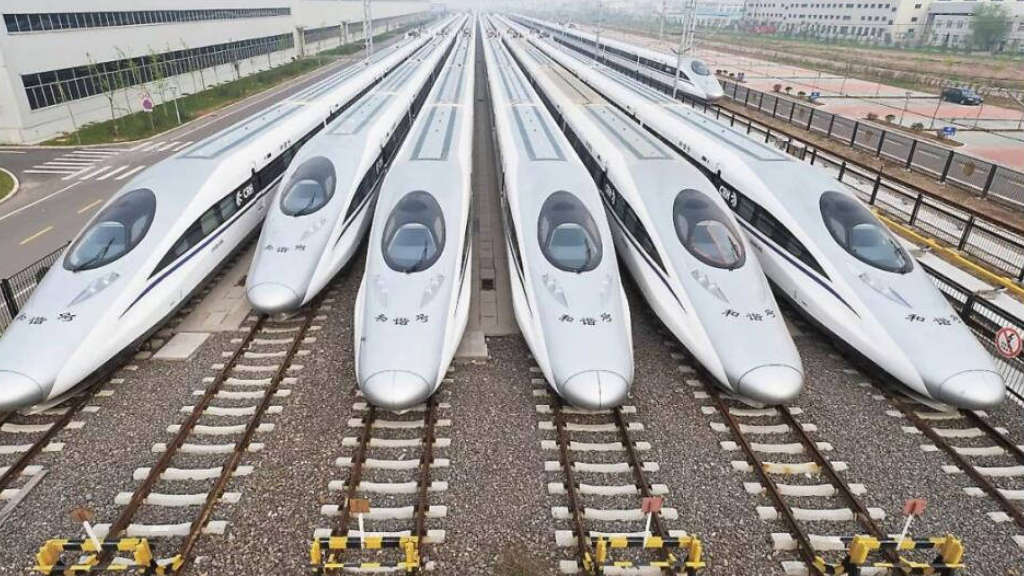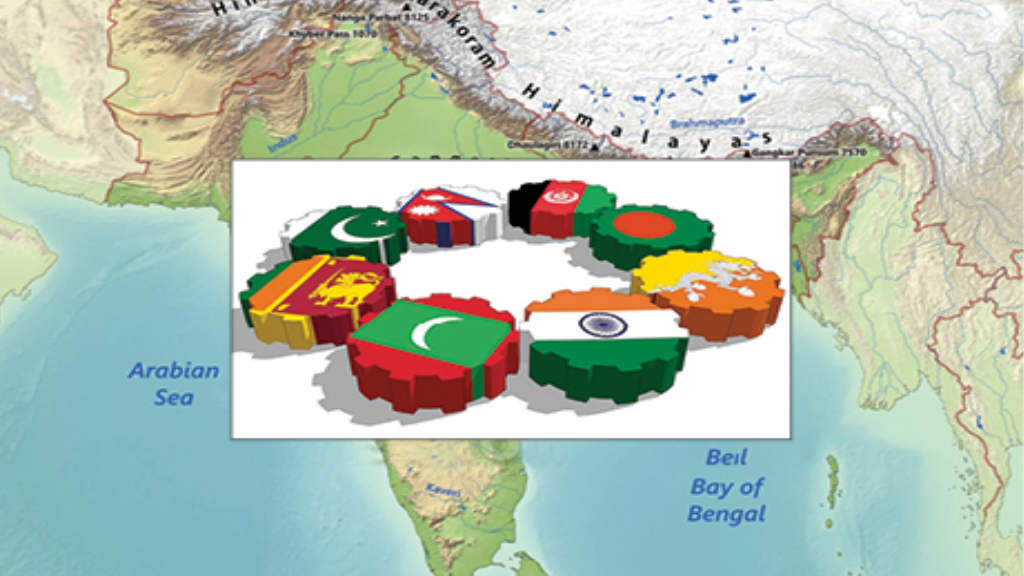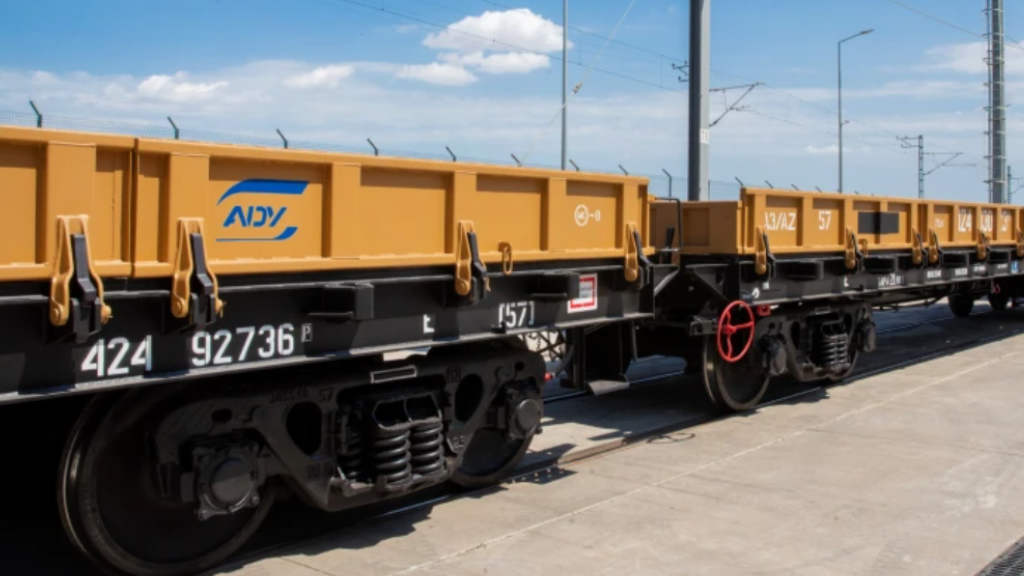A tunnel crossing the Bering Strait, connecting the Russian Far East and Alaska, would take less than eight years to build, at a cost of about US$8 billion, according to Kirill Dmitriev, the CEO of the Russian Direct Investment Fund (RDIF).
Dmitriev was educated at Harvard and worked as an investment banker at Goldman Sachs in New York and as a consultant at McKinsey & Company in Los Angeles.
Dmitriev stated, “Imagine connecting the US and Russia, the Americas and Afro-Eurasia with the Putin-Trump Tunnel – a 70-mile link symbolizing unity. Traditional costs are about US$65 billion, but Elon Musk’s Boring Company (a tunnel construction service and equipment company) tech could reduce it to US$8 billion. Let’s build a future together!”

Such a tunnel with a railroad and cargo link would unlock joint resource exploration, while resulting joint US-Russia projects would create jobs and boost economies.
Dmitriev added, “RDIF has already invested in and built the first-ever Russia-China railroad bridge. The time has come to do more and connect the continents for the first time in human history. The time has come to connect Russia and the United States.”
Russia-United States Connectivity

A Bering Strait Tunnel would stretch for 64 miles (103 km) with either two multi-railroad tunnels, one in each direction, or one double tunnel, together with an additional 5 miles/8 km inland on each coast in terms of supporting rail infrastructure.
The existing conventional railway in North America (the United States and Canada) runs for 1,767 miles (2,844 km) and operates from Cape Prince of Wales (Alaska, USA) to Whitehorse (Canada), with further connection to Seattle.
The Russian conventional railway in the Russian Far East extends for 2,392 miles (3,850 km) and operates from Uelen to Egvekinot (Chukotka) onto Zyryanka (Sakha Republic) and Ust-Nera and Yakutsk in Yakutia. From there it has further connection to the main Russian railway network.
While the concept is not new, the scheme does serve an immediate purpose now, as it broadly highlights the political capabilities and significant potential of increasing Russian ties with the United States, as opposed to ties between the United States and Europe. The difference here is that Russia and the US are effective neighbors. The shortest sea distance between a US port and a European port is from St. John’s, in Newfoundland, to Ireland, which is approximately 1,884 miles (3,031 km).
As US President Trump is a construction magnate and will be mindful of leaving a lasting legacy, the concept of a tunnel linking the US to Russia will appeal, while vastly improved connectivity would better serve US longer-term interests.
Further Reading





